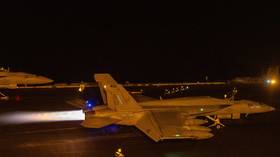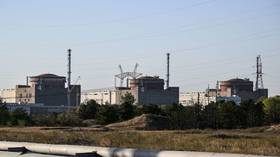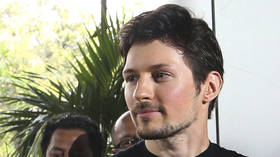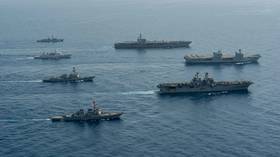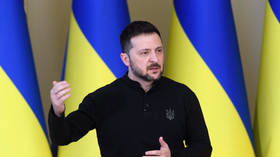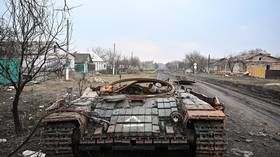Finding freedom amid ruins: The free-runners of Gaza
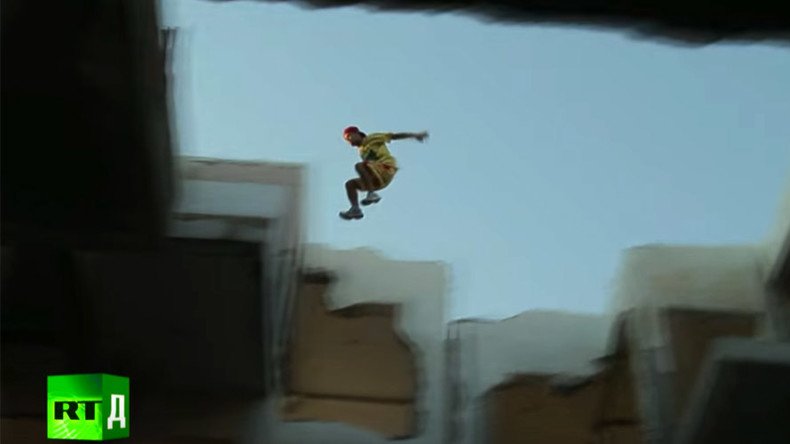
The sport of free-running – or parkour – has found a home with youths in battered Gaza. The ruins and debris left in the wake of the 2014 bombing campaign by Israel have become a source of both mortal danger and endless inspiration.
RT Documentary travelled to the area, where debris and dilapidated structures line the desolate landscape, setting the stage for two sworn rivals – Gaza Parkour, from the South, and 3Run Gaza, from the North.
Most residents try hard to maintain a sense of normality amid the unchanging scenes of damage that will take decades to repair. But for the two teams this apocalyptic landscape provides a rich training ground for their extreme sport.
“Parkour is freedom. And there's no freedom in Gaza. People get their freedom through parkour,” says one of the free-runners.
Parkour is something you can break your neck doing anywhere. But Palestine, with its protruding metal rods, chewed-up concrete and unexploded ordnances, is another story. The youngsters told RT it all makes up the reason for taking up the sport. It’s a feeling of freedom that comes out of embracing this everyday danger, at least of one’s own free will. The jumping between destroyed buildings, roof to roof and wall to wall, climbing structures at constant risk of collapse – all of this feeds into the feeling they say is hard to find anywhere else in their homeland.
“It’s my favorite place,” says youngster of about 16 from the North team, as camera crews and the rest of the boys all climb the stairs of a residential building on the verge of collapse to get to the rooftop.
“You can feel the breeze on the roof here. My two cousins and I sleep here. We play cards till morning and watch movies.” They all remember where the planes came from when the bombing started, pointing in the direction atop the building overlooking the city. “All houses on the border were destroyed.”

They proceed to show videos of Israeli rockets filmed dangerously close to the points of impact. “We want the world to know what we do, how tough the situation is,” one of the North’s players says.
“We used to climb that mosque,” one says pointing to a tower. “But there’s a dud in there now.” The same can be said of the rest of the city, with many unexploded bombs and shells still trapped under the rubble – the very obstacles the teams depend on to perform their death-defying jumps and somersaults.
Both teams are preparing for the upcoming competition. All of them are incredibly fit, despite the scrawny statures. They can grapple and climb like agile cats, making every trick look easy in the blistering heat.
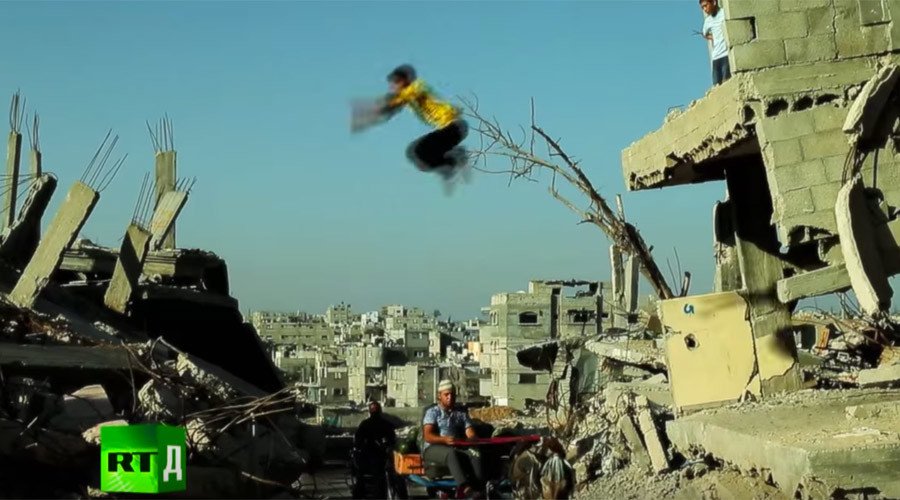
Parkour is constantly growing in occupied Palestine. The youngsters regularly visit the gym to improve their conditioning, and constantly try to attract new members to the sport. To them, the constant practicing that drifts organically into a sudden backflip or some other routine – all of this using of one’s surroundings is what elevates parkour to a lifestyle – not just a sport.
Things are looking up for the guys. They’ve just rented a club to continue practicing for the upcoming meeting. It gives the whole thing a veneer of safety. They say parents are much more willing to let their kids go and practice the sport of free-running once they see there’s actually an indoor component – not just jumping over ruins as practice.



